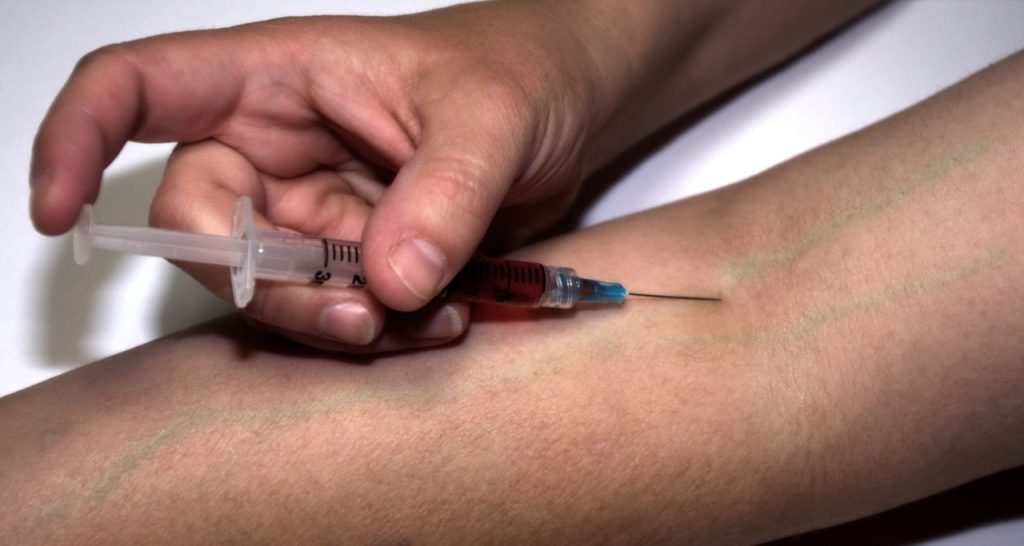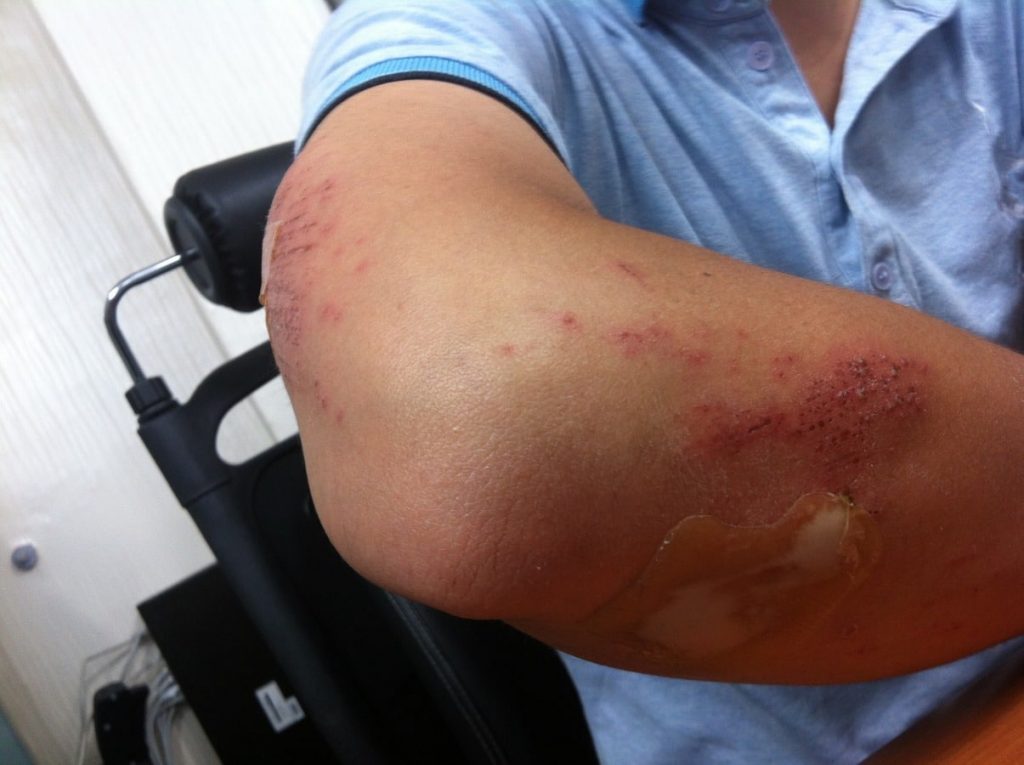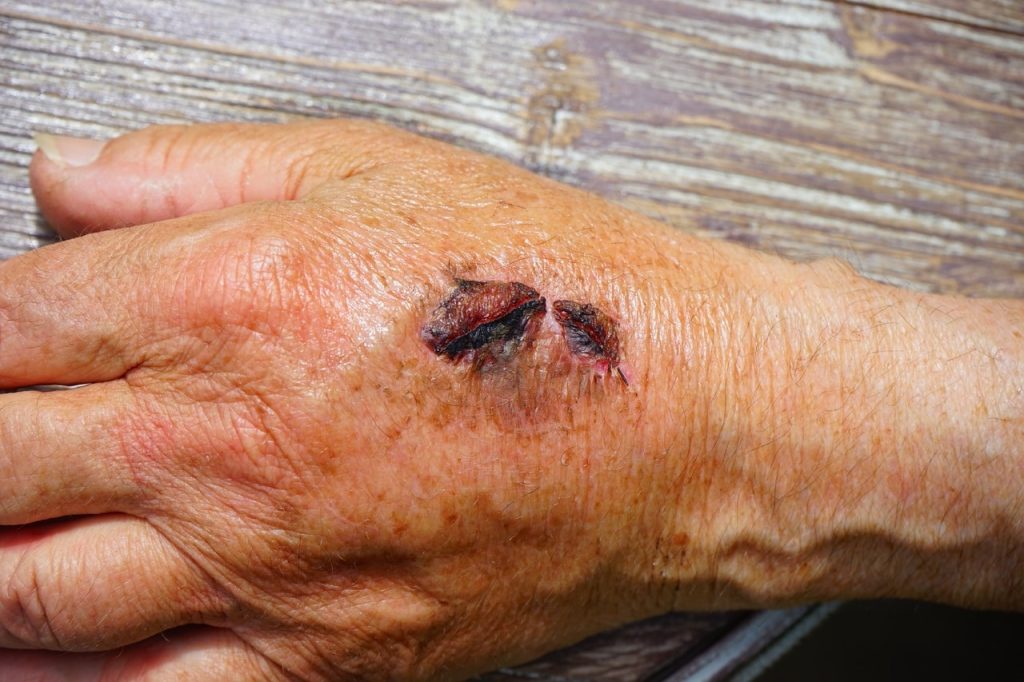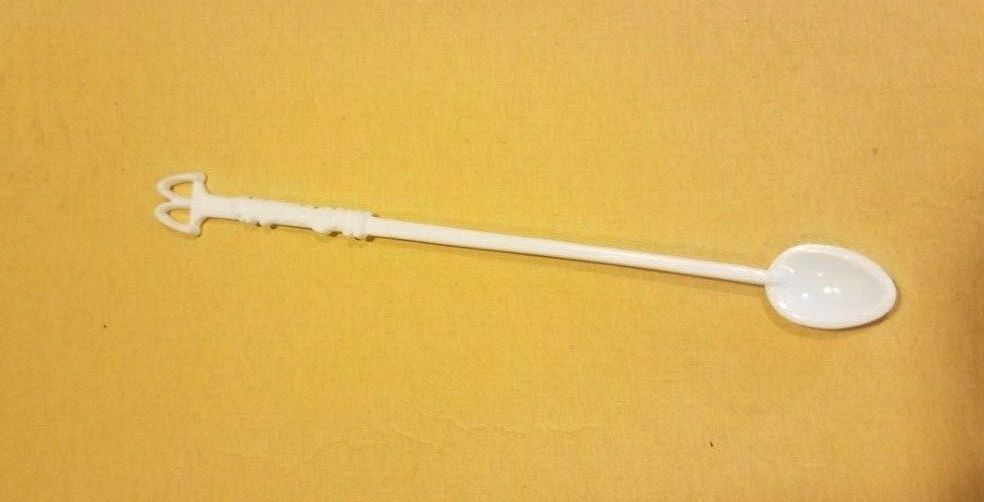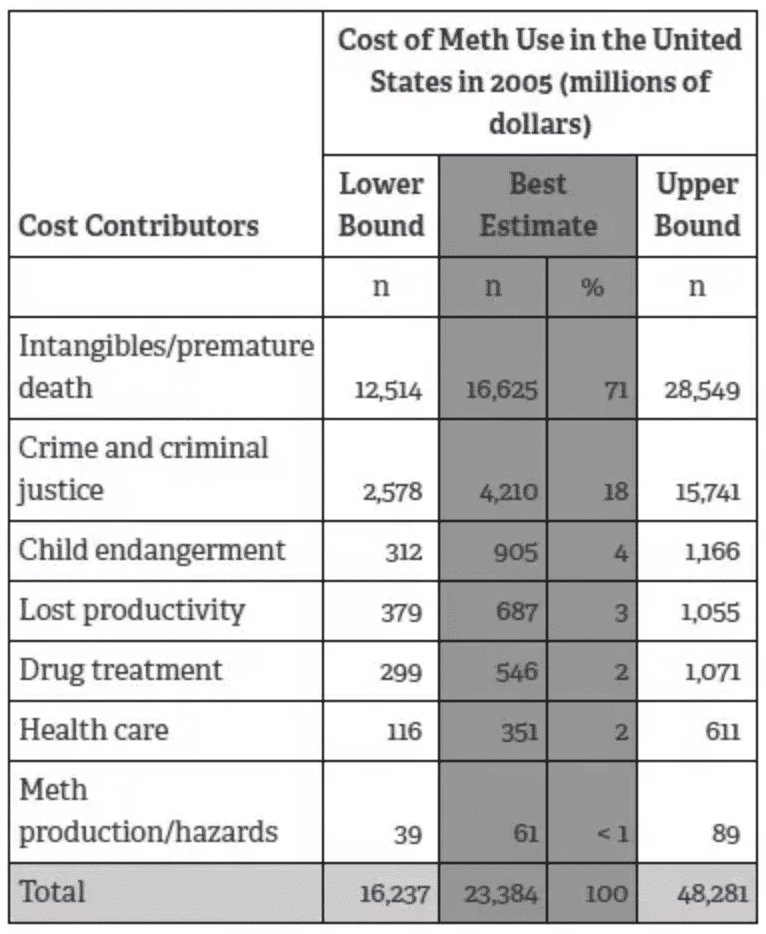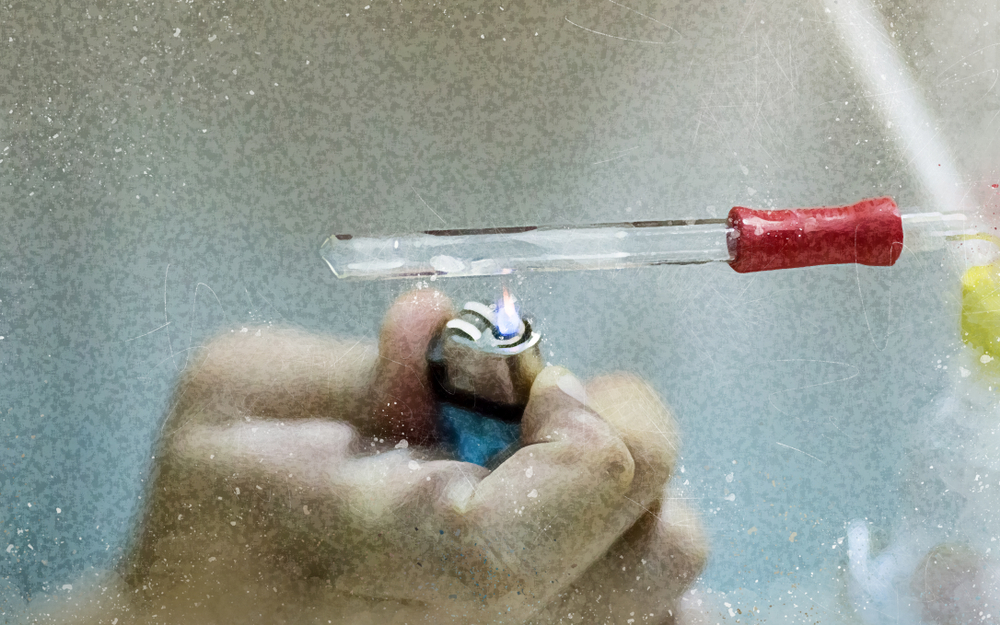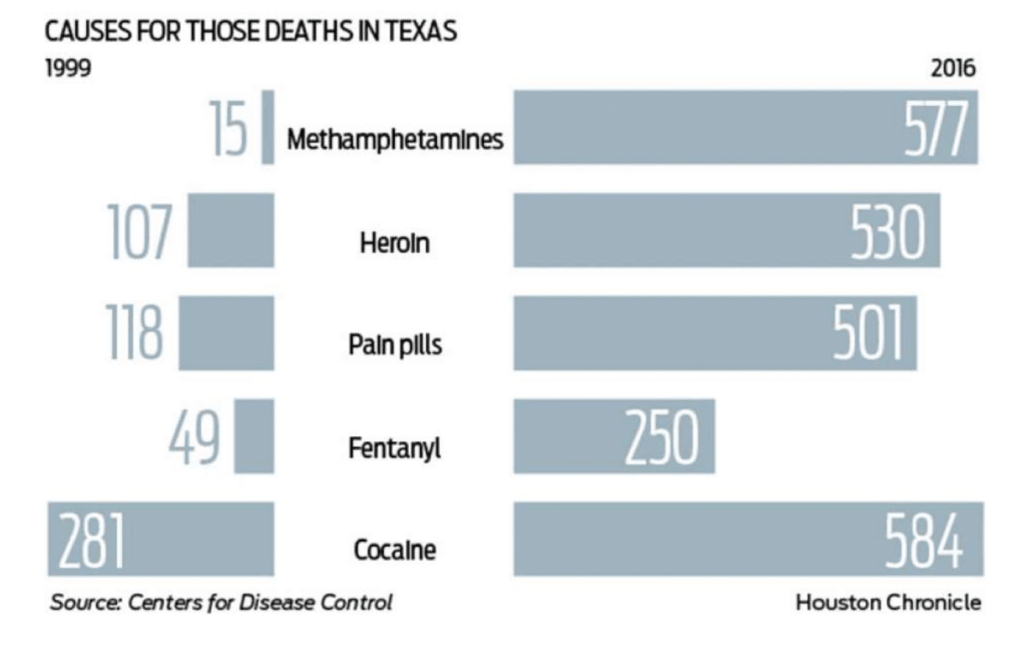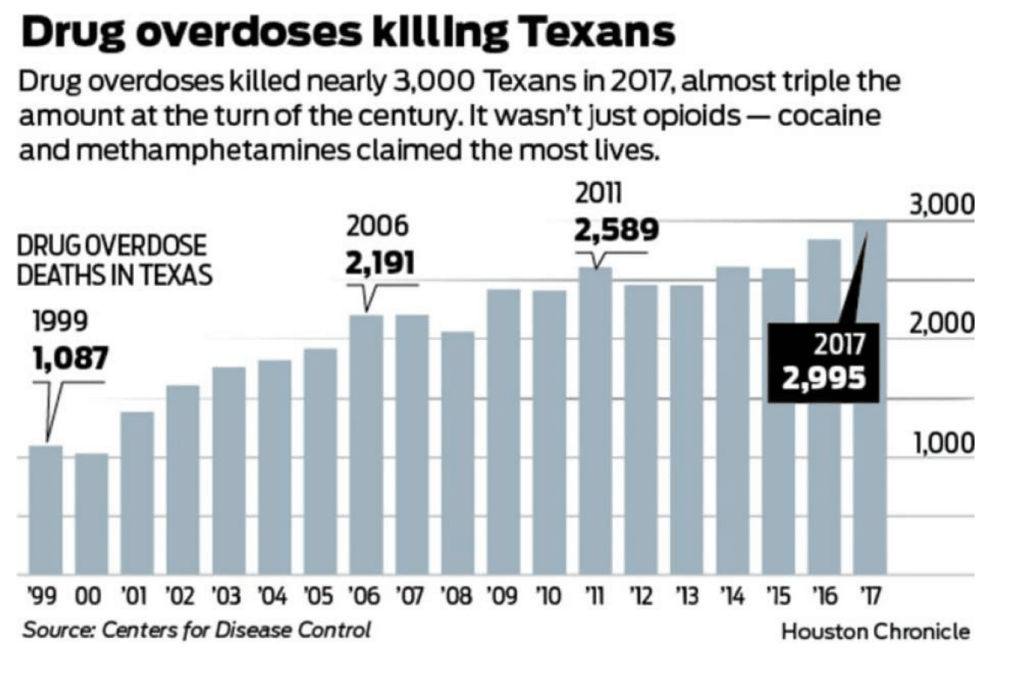How To Spot A Possible Heroin User
Heroin is an extremely dangerous and addictive illicit drug. It can come in many forms and goes by many different names but it often comes in a fine white, brown, or black powder. Another popular form of heroin is black tar heroin, and as the name implies, it looks like black tar and is sticky and gooey. Heroin is an opioid that was originally derived from the seeds of the poppy plant. It has been used by millions across the globe for some time now but it has recently grown in popularity in America, particularly in the last decade. According to data collected by the National Institute on Drug Abuse, nearly 170,000 began using heroin for the first time in 2016, a number that had doubled since 2006. Even worse, data collected by the Centers for Disease Control and Prevention in 2018 shows that 128 people die in the United States every day from an overdose on opioids.
A possible heroin user will likely have an addiction that is difficult to treat
An addiction to heroin can be particularly difficult to overcome, especially considering it often leads to death via unwanted overdoses. A lot of times heroin on the street is cut with harmful chemicals, including substances like fentanyl. Unfortunately, fentanyl has become a favorite among dealers as it is particularly powerful, around 100 times stronger than morphine, and it’s also cheap. This is part of the reason as to why there are so many overdoses associated with heroin and the use of other opioids. That is why it is extremely important to get help for your loved one if you believe they might be suffering from a heroin addiction or other type of substance use disorder. If you are unsure whether or not they are a possible heroin user, then here are some tell-tale signs that they are using heroin.

How to spot a possible heroin user:
- Issues with work or school. Addicts will often go through great lengths to hide their drug use, but one of the first signs may be a steep decline in performance or attendance at work or school activities. They may also seem suddenly disinterested where they used to be before.
- Drastic changes in behavior. A sudden and severe change in behavior is often another clue that something more is at play. A sudden change in friends at school or becoming very secretive and closed off may be an indicator that drug use is involved. Another great example is a sudden lack of interest in a previous hobby or skill, something that used to be very important to them and a strong motivator.
- Deterioration of physical appearance. A lot of times, especially when living on their own or on the streets, addicts stop taking care of their physical appearance. This can be for many reasons, such as not having access to a shower, forgetting, and even avoiding taking a shower because they are afraid it might kill their high. Not to mention the harmful chemicals that are often ingested in the body when heroin is consumed. These chemicals often affect the quality of the users hair, skin, and teeth while disrupting the normal functioning of internal organs that are responsible for keeping a person healthy.

- Track marks on the skin. Along with a decreased attention to physical appearance, there may also be the visible signs of heroin injection sites on the skin. Often referred to as track marks, these marks often appear as scabs, punctures, or bruising along a vein or site of injection. Track marks can appear anywhere the drug is injected and they can often become infected, leaving abscesses, scabs or lesions on the skin. Other risks, like amputation and collapsed veins are also quite common with the intravenous drug use of dangerous drugs like heroin.
- Prolonged issues with money. We all probably know what it feels like to fall on hard times. If you have a friend or a loved one suddenly starts hitting you up for money or loans on a regular basis without ever paying you back, then it may be likely that they are suffering from a heroin use problem. This is especially true, when coupled with other warning signs of addiction.
- Falling asleep or nodding off at random times throughout the day. A common side effect of recent heroin use is nodding off or falling asleep at random. They may appear as though they are struggling to stay awake and keep their head upright while they are doing other activities like standing up, sitting on the couch, or trying to maintain a conversation.
- Presence of drug paraphernalia. Drug paraphernalia refers to any equipment or tool related to its use. For heroin, there are several different types of paraphernalia that are associated with it. For instance, things like bent or missing spoons, aluminum foil, hypodermic needles, cotton balls, and tie-offs (things used for tying off a limb to make veins pop out) are all examples of drug paraphernalia that are found with heroin use. Finding anything like this, especially on a regular basis, is an extremely strong indicator that dangerous drug activity is taking place.
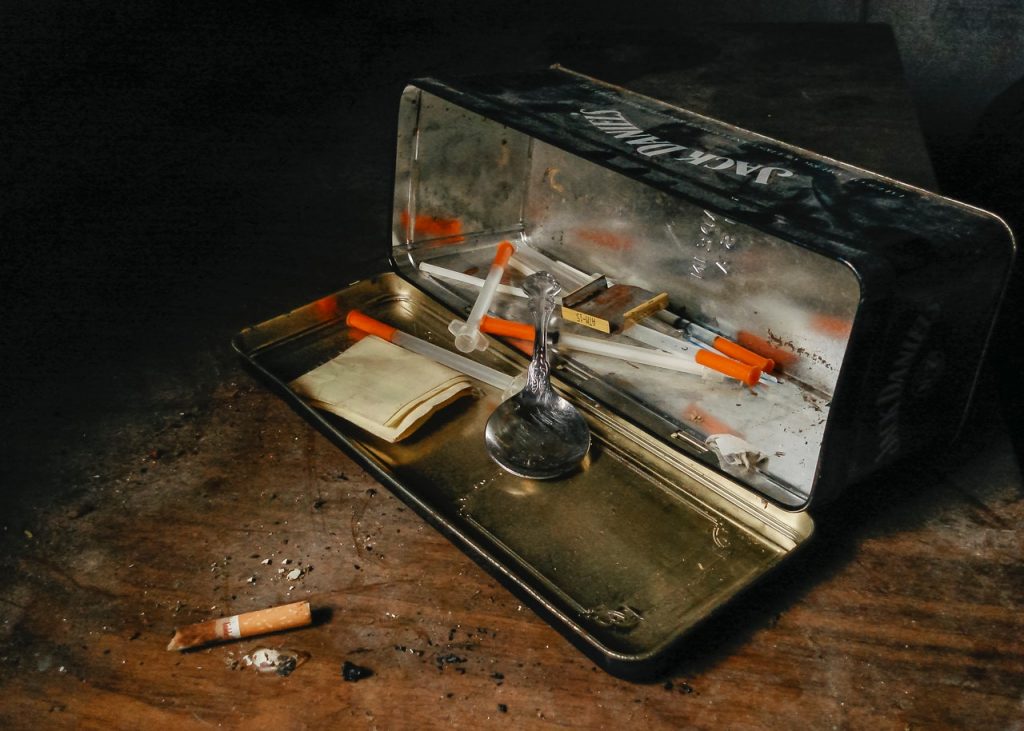
- Depression, mood swings, or irritability. A sudden change in mental health or personality can often be another indicator that drug use is going on behind the scenes. If a someone is normally a happy, easy going person and they all of a sudden become very unpredictable and irritable, it is possible they are suffering from a substance use disorder.
Of course, these are just a few of the signs that someone you know may be a potential heroin user. They may also display things like slurred speech, memory problems and a reduced sense of pain. Their pupils may appear constricted and they may also have a constant runny nose or nose sores if they are prone to snorting the substance. If you are still unsure, then please reach out to us for help! We have many trained professionals with years of experience on treating, managing, and helping people cope with heroin use and other addictions. We have the tools necessary to help begin a successful road to a lifetime of healthy sobriety. We hope that your loved one gets the help that they need and we hope to hear from you soon!







